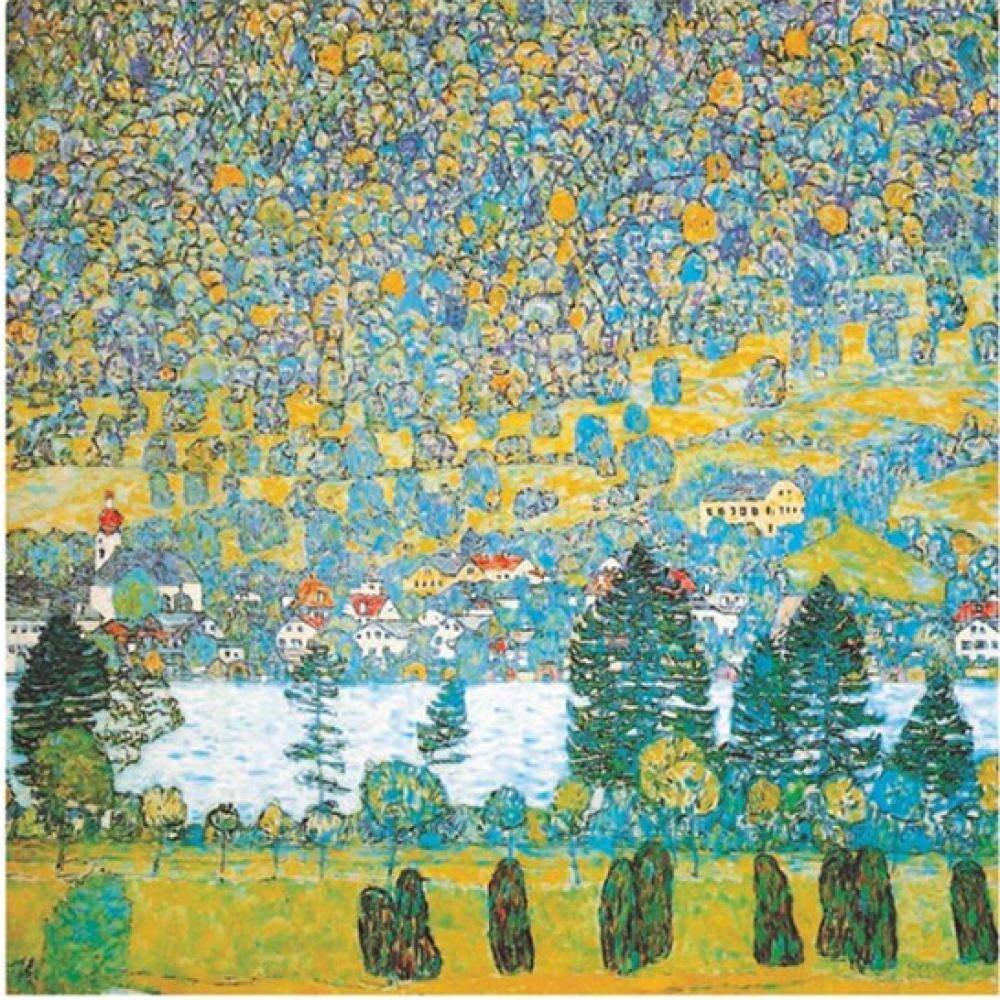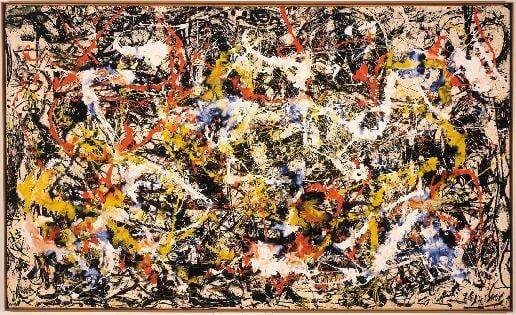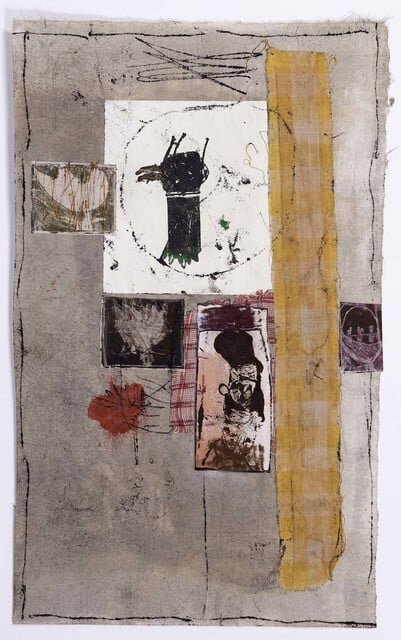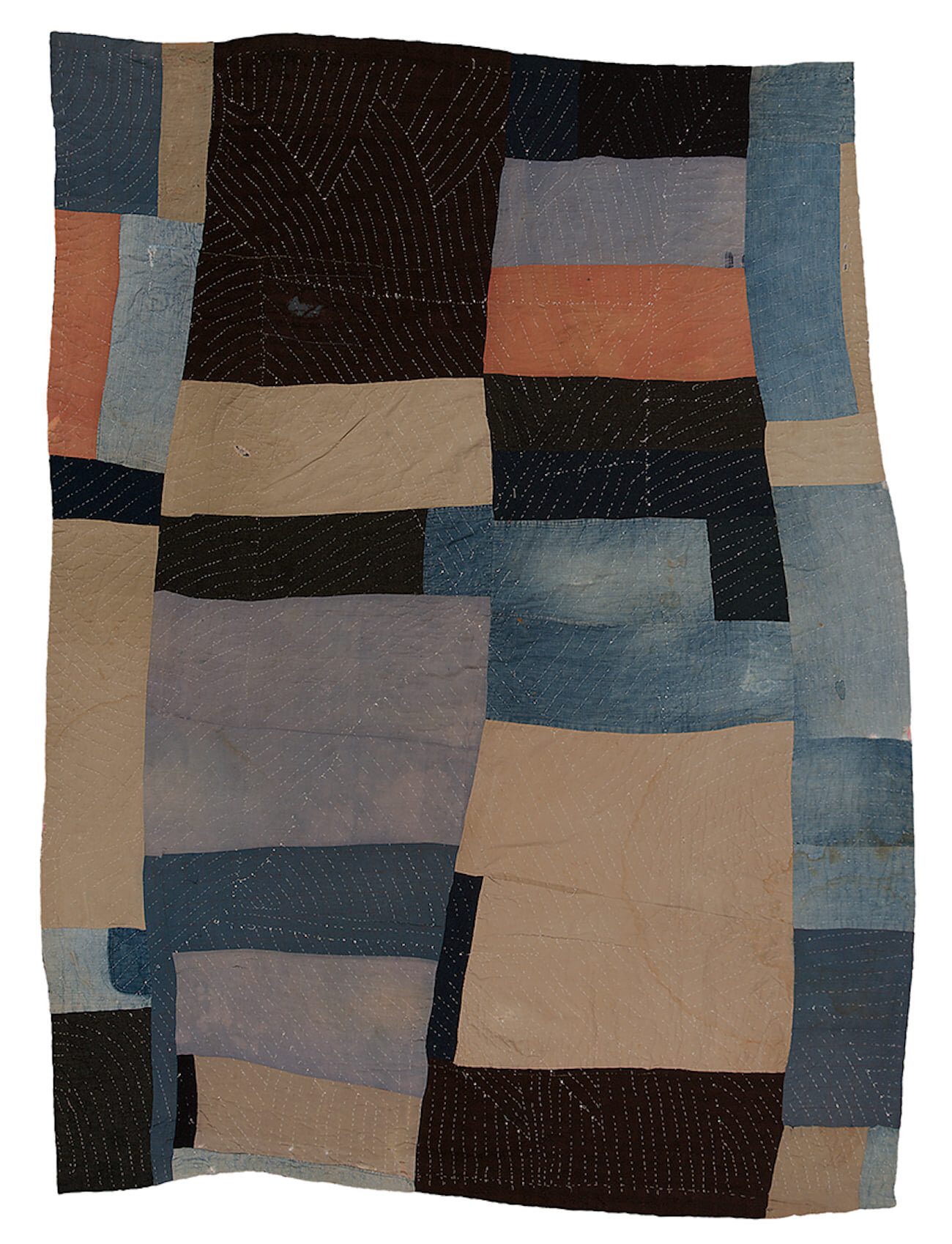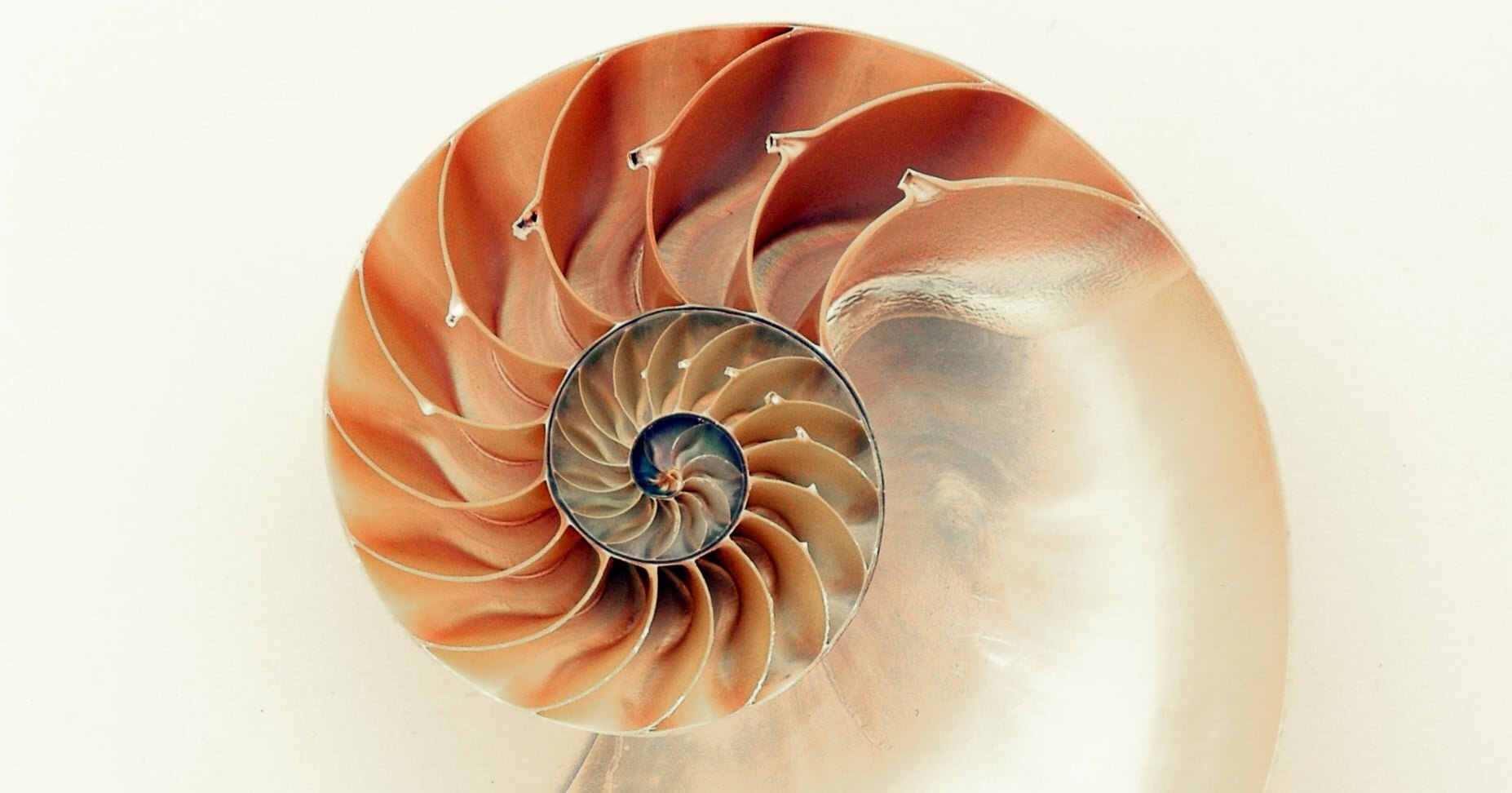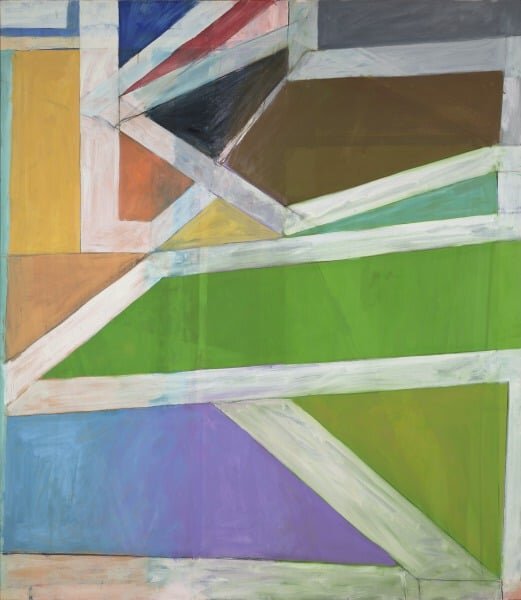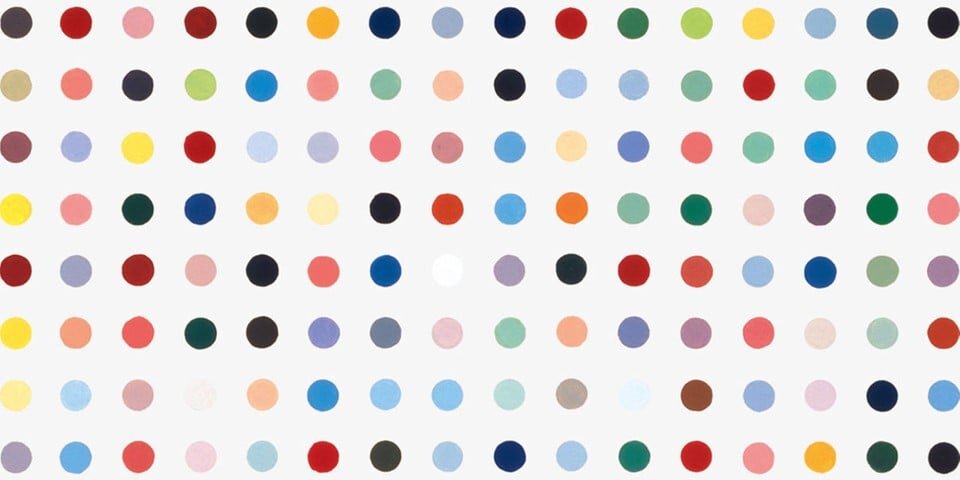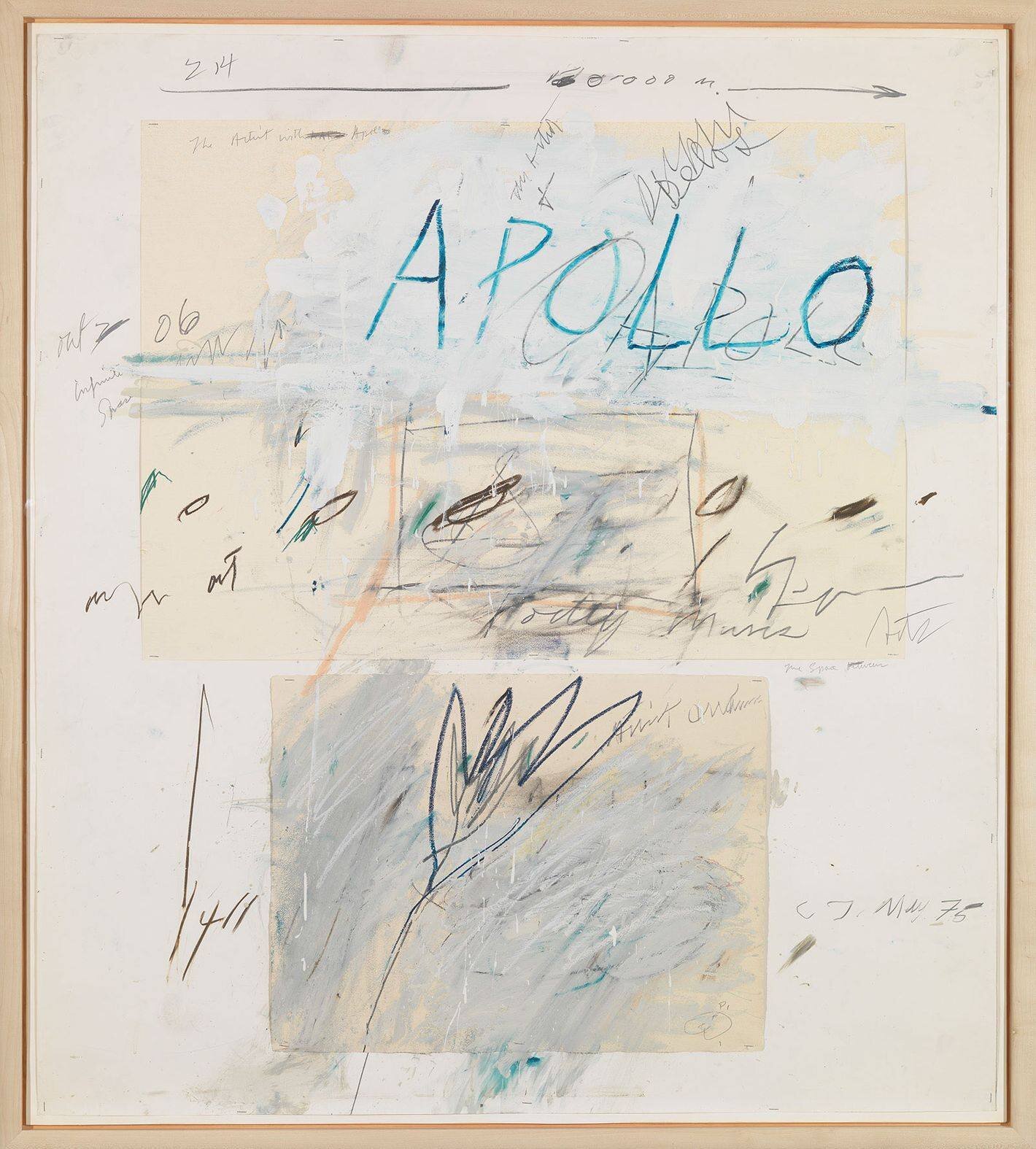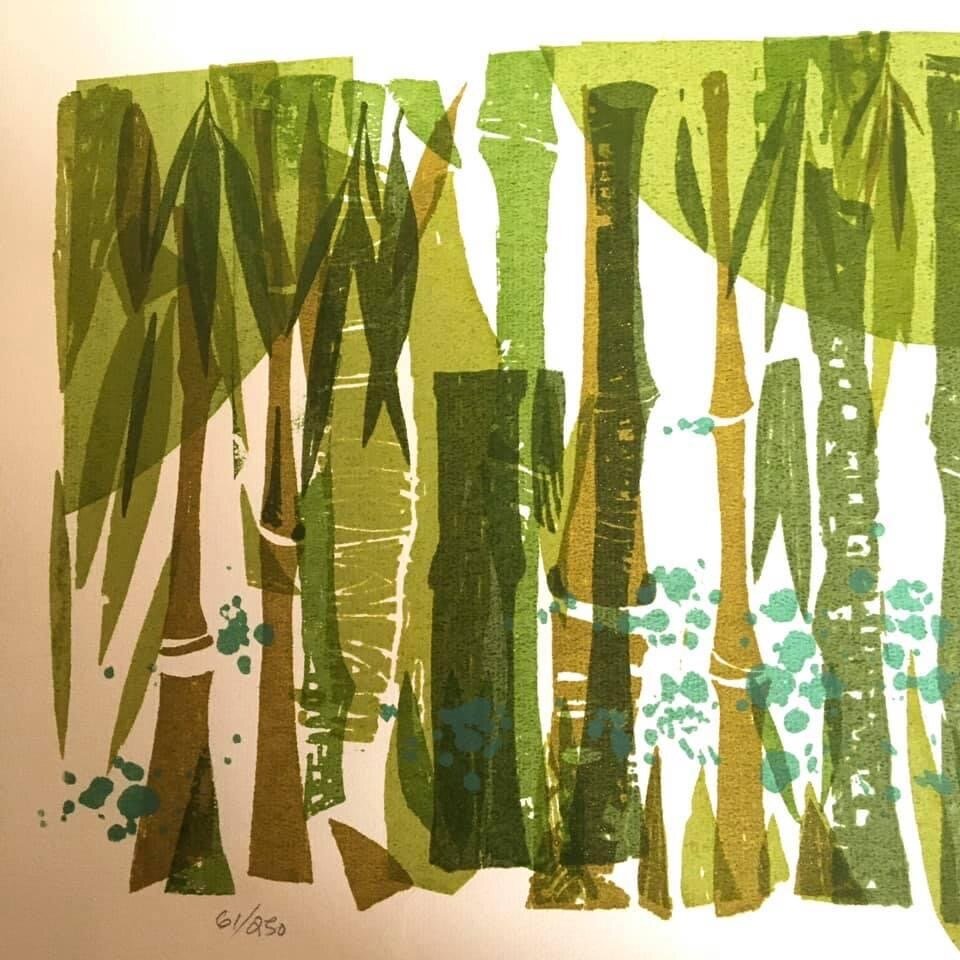Patterns
One of the more subtle characteristics of great creative minds is the ability to perceive conceptual arrangements, a skill that is acquired only through experience. You might think I’m referring to wallpaper or fabric design, but I’m actually thinking broader. This ability allows an individual to see relationships in all things, from small to large, and through it interpret the world in new ways. One of the most essential tools of an artist, architect, musician, or economist is pattern recognition.
Patterns are everywhere. Powerful designs depend on them, music requires them, science seeks them out, weather has predictable ones until it doesn’t. By its very nature, nature is rife with them, from the fractal and golden ratio designs of ferns to the rhythmic tidal shifts required by salt marshes to exist. Tempo, pace, rhythm, cadence, seasons, habit, pulse, grid, spacing, measure, time… all are variations on one theme.
Pattern recognition is essential to life itself. It allows us to sense when something is off-kilter, like a set of eyes hidden in the forest; it is sensed long before it is seen. We use this skill to anticipate the future as we drive, walk down a street at night, climb a rock wall, and decide what to put in our mouths. We all have this innate ability; the trick is learning how to apply it in a non-survival setting.
The observant eye sees the interconnectivity of themes, and the creative eye knows how to utilize and fuse these similarities. A great painter or graphic designer’s strength lies in identifying repeating patterns in their work and amending them because uniformity is boring and chaos is distracting. The key to powerful visual work is often found in pattern’s opposite, variety.
I am ever vigilant in the hunt for the repeating patterns in my work and my student's work. The human brain and nature itself, for that matter, prefer symmetry. Because of this, we are constantly battling our inherent preferences by making identical shapes, color notes that repeat, the same three duplicate branches on a tree and rocks that are whittled down to look like potatoes. It takes many, many years of active doing to recognize these inherent tendencies and adjust the behavior. Whether in realism or abstraction, the goal for me is to make each mark, color, shape, and texture unique to avoid a pattern.
The inventive mind sees the relationship of one pattern to another, finding similarities and cross-pollinating concepts. As an example, certain behavioral patterns are universal, having gradually evolved over eons. One could easily draw comparisons between goat paths, migratory patterns, anthills, spider webs, and the web-like complexities of urban highways, leading to a more efficient way to get from point A to point B.
One of my biggest Aha! moments in the arena of behavior patterns came while dealing with personal fears and anxieties with a therapist. She once said that there were only 8 kinds of people in the world, meaning that she could quickly discern what kind of person it was in the chair and what their patterns of behavior were. I asked her about artists and the fears they had in making art. Was it the same kind of fear that she, as a therapist, dealt with daily? Yes, it was, she said. Which means, by extension, that all of the existential hitches in art-making are the same as they are for, say, golf or acting or music.
I include here some of my favorite pieces that deal with this topic, either in the hierarchy of a heavily patterned Klimt landscape or in the breaking of time-honored quilt traditions like those of Gees Bend. Or, in the appropriation on a conceptual nature, as found in Damien Hirst’s Severed spots series.
You may, at one time or another, feel alone on this journey. But the truth is, we are all going through the same struggles of learning and growing that everyone has gone through before us, which is part of an even larger communal pattern of the human condition.
Inspiration can come by looking for ideas in places you’d never think to look, like the patterns of everyday life.
